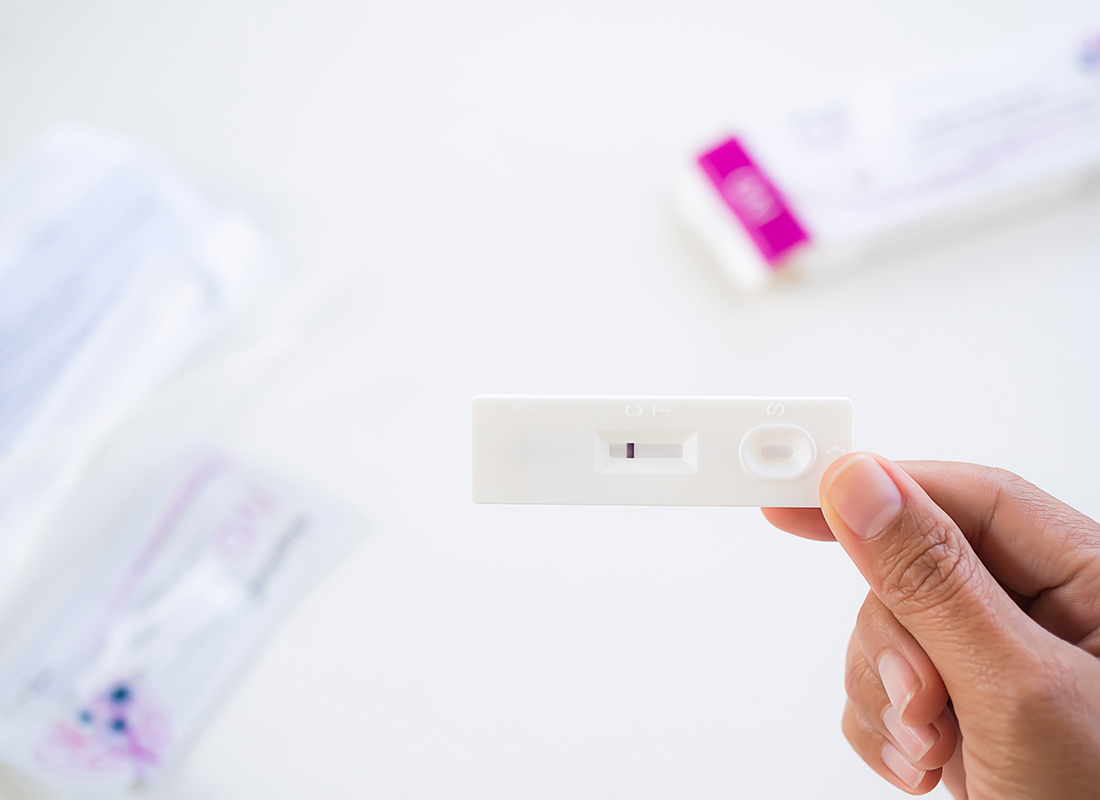Expert Q&A: Adapting to the Expanding Market of At-Home Testing
Medical director William G. Finn, MD, discusses key trends, challenges, and opportunities related to the expansion of at-home testing.

Subscribe to Clinical Diagnostics Insider to view
Start a Free Trial for immediate access to this article